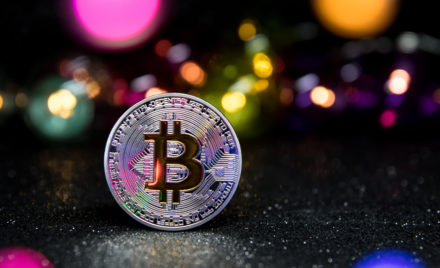Non-fungible tokens have revolutionized the digital art and collectibles markets by introducing a new layer of value, authenticity, and ownership that was previously unattainable. Unlike traditional art, which can be duplicated or counterfeited, NFTs provide a unique digital certificate of authenticity verified on the blockchain. This technology allows artists to create, sell, and trade their digital works while ensuring that their original creations retain value and provenance. Artists can embed royalties directly into their NFTs, ensuring they receive a percentage of sales every time their work is resold. This feature not only incentivizes artists to create but also transforms the dynamics of how value is generated and shared in the art world. The rise of NFTs has democratized access to art, allowing a broader audience to engage with and invest in digital creations. Previously, the art market was often perceived as exclusive, dominated by galleries and elite collectors. However, with the advent of NFTs, anyone with an internet connection can participate in the buying and selling of art, fostering a diverse community of creators and collectors. This shift has enabled new voices and styles to emerge, enriching the digital art landscape and pushing the boundaries of creativity.

Furthermore, NFTs are not limited to visual art; they encompass a wide range of digital assets, including music, video, and virtual real estate. Musicians are exploring NFTs as a means of monetizing their work outside of traditional streaming services, offering exclusive content or experiences to fans who purchase their tokens. This evolution of the music industry not only empowers artists to reclaim control over their intellectual property but also creates a more direct and meaningful relationship between them and their audience. Virtual worlds and metaverse platforms are also capitalizing on NFTs, allowing users to buy, sell, and trade digital land and assets, thereby creating new economic ecosystems that further enhance the value of digital collectibles. The market for NFTs has seen unprecedented growth, attracting attention from investors, celebrities, and corporations alike.
High-profile sales, such as Beeple’s $69 million digital artwork, have brought NFTs into mainstream consciousness, challenging conventional perceptions of Cryptocurrency news. Major brands are also entering the NFT space, creating limited-edition digital collectibles that cater to their fans and consumers. This trend not only legitimizes NFTs but also indicates a shift in how brands engage with their audiences, as they explore innovative ways to integrate digital experiences into their marketing strategies. In conclusion, NFTs are reshaping the digital art and collectibles markets by establishing a framework for ownership, authenticity, and value that empowers artists and collectors alike. As the technology continues to evolve, it will be intriguing to witness how it further influences artistic expression and transforms the broader landscape of creative industries. The potential of NFTs to bridge the gap between the digital and physical realms offers exciting possibilities for the future of art, making it a pivotal development in the ongoing evolution of how we perceive and interact with creative works.